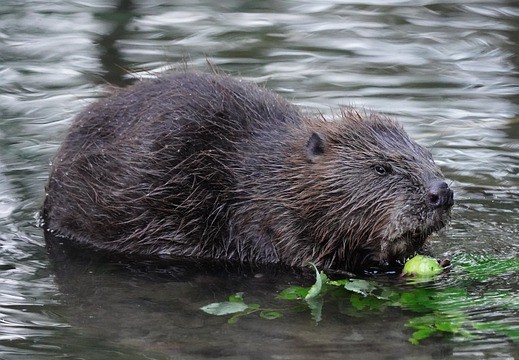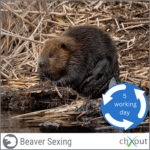Bringing Back Nature's Engineers: Beaver Reintroduction in the UK
For centuries, beavers were absent from the UK’s landscapes due to hunting and habitat loss. A movement to reintroduce these industrious creatures is making exciting progress and we could be spotting more of them in the wild soon!

Why Reintroduce Beavers?
Beavers are often referred to as “nature’s engineers” for their remarkable ability to build dams and create wetland habitats. Their activities slow water flow, reduce flooding risks, and enhance biodiversity. Wetlands formed by beavers provide homes for countless species of plants, birds, insects, and aquatic life—transforming degraded landscapes into thriving ecosystems.
Moreover, beavers play a crucial role in combating climate change. By storing water and increasing carbon sequestration in wetlands, they help mitigate the effects of droughts and rising temperatures. Reintroducing beavers isn’t just about nostalgia; it’s about restoring balance to nature.
The UK's Journey to Beaver Reintroduction
Beaver reintroduction in the UK began as a small but ambitious initiative. In 2009, the Scottish Beaver Trial marked the first official reintroduction project in Scotland. A few beavers were released in Knapdale Forest, and their progress was closely monitored. The trial’s success paved the way for Scotland to formally recognize beavers as a native species in 2019.
In England, similar efforts followed. The River Otter Beaver Trial in Devon became a landmark project, showing that reintroduced beavers could adapt and thrive. As of now, beavers are being introduced to several regions, including Kent and Gloucestershire, often as part of targeted flood management and habitat restoration programs.
Government Approval for Wild Release
A significant milestone was reached in February 2025 when the UK government officially approved the wild release of beavers. This decision marked a turning point in conservation efforts, allowing beavers to roam freely in designated areas. The first licensed wild release took place at Purbeck Heaths National Nature Reserve in Dorset, where beavers are expected to create wetlands, improve biodiversity, and help manage flood risks1,2.3.
The government’s licensing system ensures that wild releases are carefully managed, with clear benefits and minimal risks. This approach balances ecological restoration with the concerns of farmers and landowners, who are supported in adapting to coexistence with beavers4,5.
Challenges and Controversies
Despite their benefits, beavers’ return hasn’t been without its challenges. Their dam-building can flood farmland and disrupt human activities. Farmers and landowners sometimes express concerns about property damage and increased costs.
To address these issues, conservationists work closely with communities, offering management strategies like installing flow devices to regulate water levels. Collaboration is key to ensuring a harmonious coexistence between humans and beavers.
A Success Story in the Making
Beaver reintroduction in the UK is an example of how humans can repair their relationship with nature. The return of beavers reminds us of nature’s resilience and our role in nurturing it. As their habitats flourish, so do the hopes of creating a more sustainable and biodiverse future.
chXout and Beaver DNA Tests!
We are very proud to have played a small part in beaver projects through our DNA Beaver Sexing service. As the beaver lacks obvious anatomical features an accurate method of sex determination can be important for these projects. The beaver DNA test service uses PCR based techniques to amplify selective regions of the X or Y chromosomes to determine gender. This can all be done from a plucked beaver hair sample!


